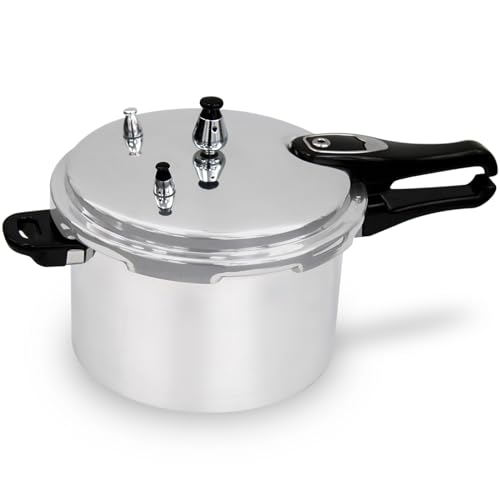Overview of Pressure Cooking
Pressure cooking is a cooking method that uses a sealed pot and steam to speed up cooking times. By increasing the pressure and temperature inside the pot, ingredients cook faster than traditional cooking methods. This is due to the higher boiling point of water under pressure, which allows food to cook at higher temperatures.
How a Pressure Cooker Works
A pressure cooker consists of a pot with a tight-fitting lid and a vent or pressure release valve. When heated, the liquid inside the pot turns into steam, creating pressure. The pressure prevents steam from escaping, allowing the temperature inside the pot to rise above the normal boiling point. As a result, food cooks more quickly.
Increased Pressure and Temperature
Under normal atmospheric pressure, water boils at 100 degrees Celsius (212 degrees Fahrenheit). In a pressure cooker, the sealed environment raises the boiling point of water to around 121 degrees Celsius (250 degrees Fahrenheit). This increase in temperature significantly reduces the cooking time for most dishes.
Retaining Moisture and Flavor
One of the advantages of pressure cooking is its ability to retain moisture in food. With the lid tightly sealed, steam and moisture cannot escape, resulting in moist and flavorful dishes. This is especially beneficial for meats and tough cuts, which become tender and flavorful under pressure.
Factors Affecting Cooking Time
The cooking time in a pressure cooker is influenced by various factors, including the type of food, the size of the food pieces, and the desired level of doneness. Generally, small cuts of meat or vegetables will cook faster than larger ones. Additionally, foods with higher water content, such as soups or stews, will cook more quickly in a pressure cooker.






